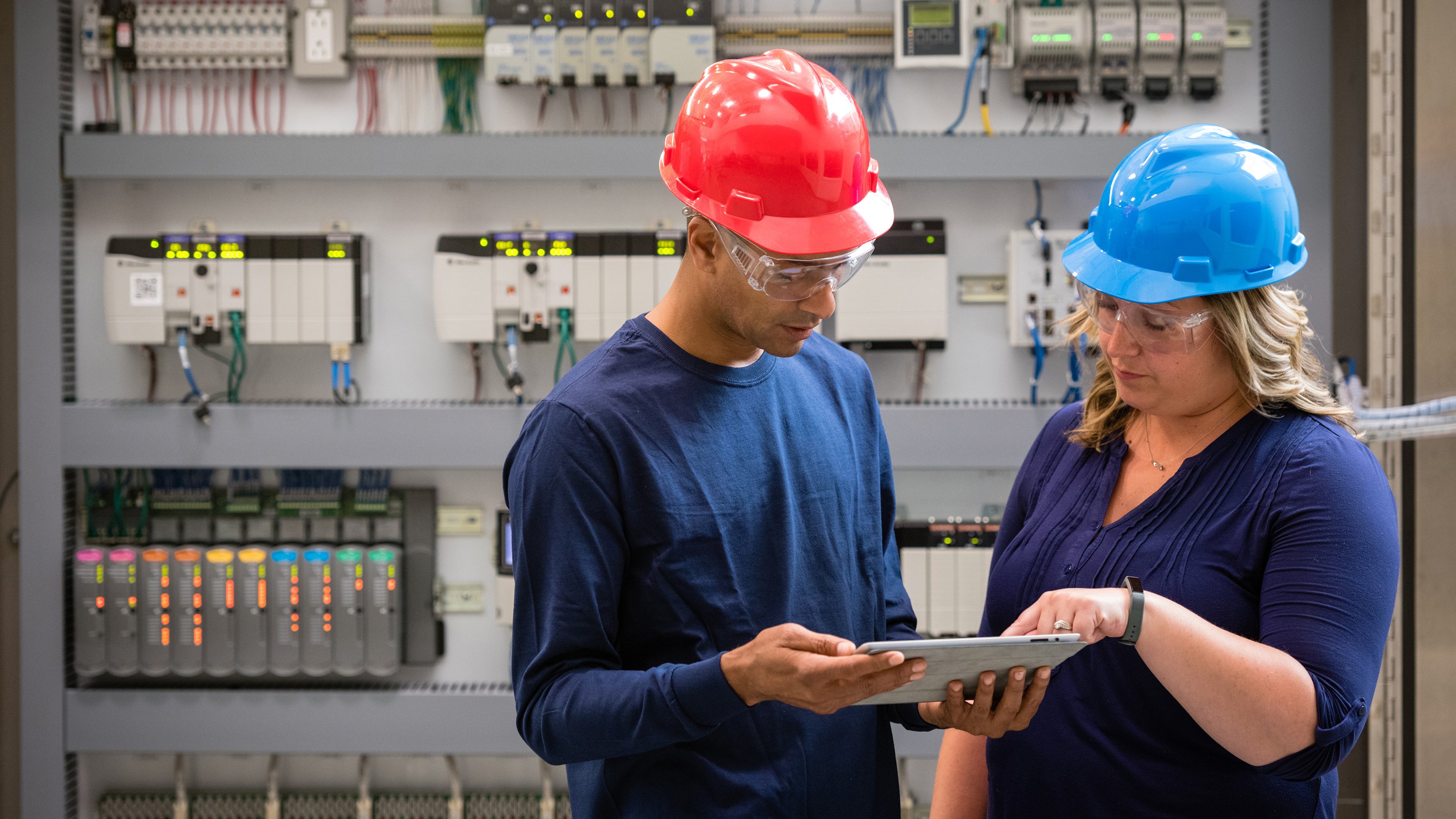Connected factories are now becoming commonplace, as manufacturers recognise and embrace the power that their operational data can unlock. Indeed, the COVID-19 pandemic forced many companies to pivot and adapt to the ‘new normal’, with the primary protagonist in these efforts being the foundation of data capabilities – digitalisation.
By lifting the lid on their technology, people and processes – and extracting this operational data – many have discovered myriad dormant capabilities and connections that give them even greater insights into the operation, capacity and efficiency of their production lines.
But with all this new data on tap, the big question is: Is this data used to its maximum advantage? Are companies wringing out every last byte of useable information, and are they then deploying it where and when it can make a difference – making the right decisions at the right time?

